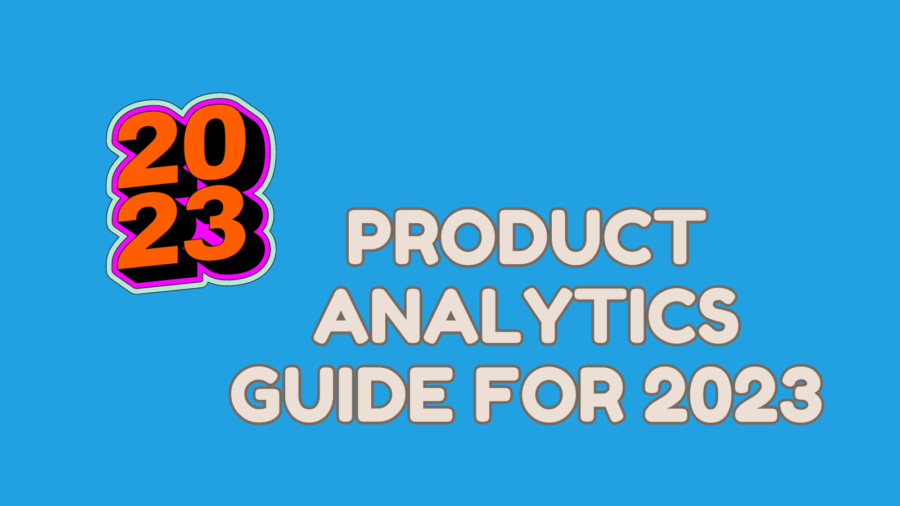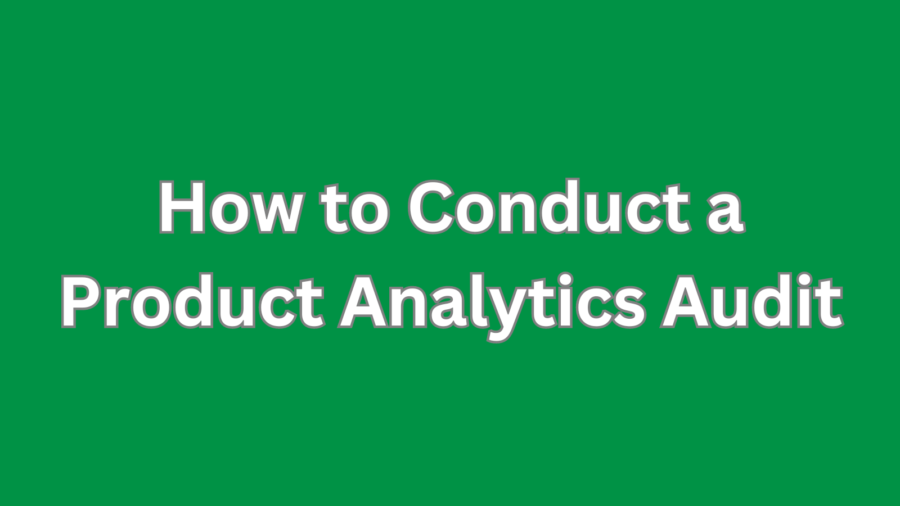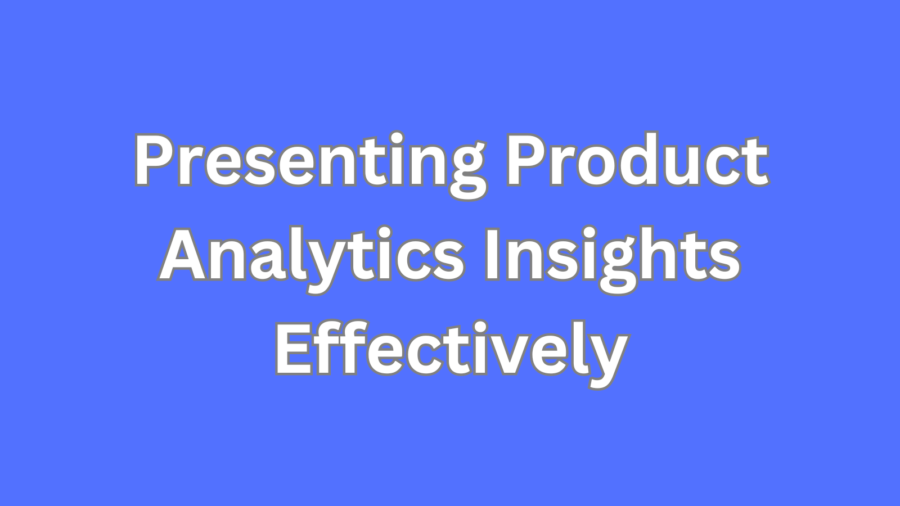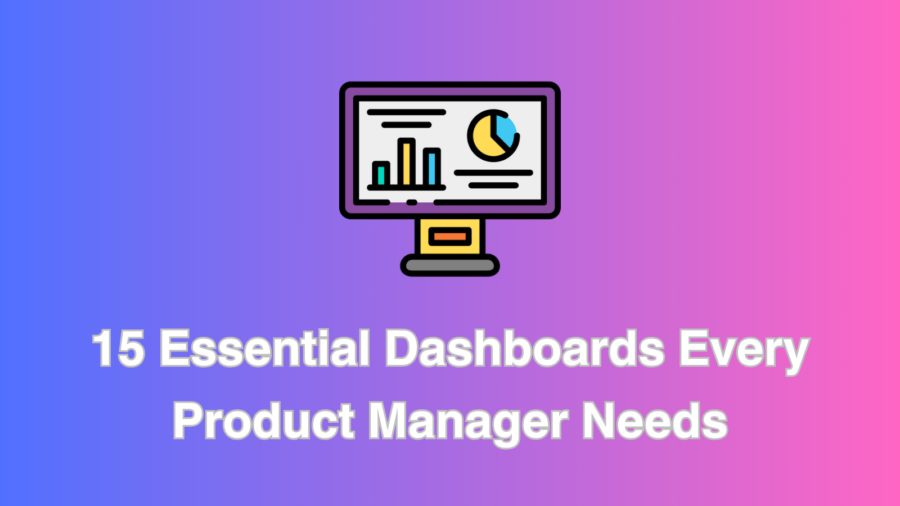Introduction:
Staying ahead of the competition requires innovative strategies. One such strategy that has been gaining traction is Product-Led Growth (PLG). Unlike traditional marketing and sales-driven approaches, PLG centers on placing the product itself at the core of a company’s growth strategy. This comprehensive guide will delve into the core principles of Product-Led Growth and how product analytics plays a pivotal role in driving its success. From understanding the significance of product analytics to embracing active methodologies, we will unravel the secrets to achieving unprecedented growth through PLG.
The Foundations of Product-Led Growth
Product-led growth is rooted in the belief that a well-designed and valuable product can drive user acquisition, engagement, and retention. Instead of relying solely on marketing campaigns to attract customers, PLG emphasizes creating a product that inherently delivers value, encourages user exploration, and converts potential users into loyal customers. By focusing on the product as the primary growth engine, PLG fosters organic growth, enhances customer satisfaction, and drives long-term success.
The Role of Product Analytics in PLG
Product analytics is the foundation of a successful PLG strategy. It involves systematically collecting, measuring, and analyzing data related to user interactions within the product. These data points encompass various aspects, such as user behavior, feature usage, and customer journeys. Through product analytics, businesses gain actionable insights into user preferences, pain points, and patterns, which drive data-driven decision-making for optimizing the product.
Product analytics empowers product managers to:
- Monitor and evaluate the performance of individual features.
- Identify areas of the product that require improvement.
- Measure user engagement and retention rates.
- Pinpoint bottlenecks in the user journey.
- Understand user demographics and behavior.
- Assess the effectiveness of marketing efforts and campaigns.
By leveraging these insights, companies can tailor their products to meet customer needs better, thus enhancing user experiences and driving sustainable growth.
Understanding User Behavior through Product Analytics
At the heart of product analytics lies the quest to understand user behavior deeply. Product managers can utilize data collected through product analytics to identify trends and patterns that indicate user preferences and needs. By analyzing user behavior, product teams can answer critical questions such as:
- What features are most frequently used by users?
- Which features are underutilized or overlooked?
- What are the common paths users take within the product?
- What are the drop-off points in the user journey?
- What drives users to convert and become paying customers?
These insights provide product managers with a comprehensive understanding of user needs and preferences, enabling them to optimize the product for better user experiences and higher retention rates.
Leveraging Active Methodologies in PLG
Active methodologies play a vital role in driving the success of PLG. These methodologies focus on continuous improvement and iterative development to deliver exceptional user experiences. Key elements include:
Iterative Product Development
Iterative product development involves using user feedback, product analytics, and market insights to make incremental improvements to the product over time. Rather than waiting for a major product release, product teams frequently release updates and features to address user needs and pain points.
By embracing iterative product development, companies can stay responsive to user preferences, adapt to market demands, and ensure that the product remains competitive and relevant.
Product-Led Onboarding
Product-led onboarding is about providing a seamless and self-serve experience for new users. The goal is to enable users to discover the product’s core value quickly and independently. By guiding users through the initial setup and encouraging them to explore key features early on, companies can increase user adoption and reduce friction during onboarding.
A successful product-led onboarding process is intuitive, interactive, and goal-oriented. It helps users experience the value of the product firsthand and accelerates their journey toward becoming active and engaged users.
Product-Led Marketing and Sales
In a PLG approach, the product itself becomes a critical marketing and sales tool. Companies embrace a product-led marketing strategy rather than relying solely on outbound marketing efforts. They offer free trials or freemium versions that allow potential users to experience the product’s value firsthand.
Product-led marketing fosters organic growth through word-of-mouth referrals and viral sharing. Satisfied users are likelier to recommend the product to others, creating a self-sustaining growth loop.
Analyzing and Acting on Product Analytics
The success of PLG hinges on the ability to analyze and act on product analytics effectively. Product managers can uncover actionable insights by identifying the most meaningful metrics and tracking user interactions.
These insights can be used to:
- Optimize features based on usage patterns and user feedback.
- Personalize user experiences to cater to different user segments.
- A/B tests new features or changes to measure their impact.
- Identify potential issues or bottlenecks in the product flow.
- Make data-driven decisions to prioritize product development efforts.
The Ongoing Role of Product Management in PLG
Product management plays a pivotal role in the success of PLG. Product managers are responsible for aligning the product roadmap with the company’s growth objectives, continually improving the product, and incorporating user feedback into decision-making.
Product managers work closely with cross-functional teams, including engineering, design, and marketing, to ensure that the product aligns with the overall business strategy. They act as the voice of the user, advocating for customer-centricity and continually seeking ways to improve user experiences.
Conclusion
Product-led growth, fueled by product analytics, offers a transformative approach to business growth. Companies can achieve sustainable and unprecedented growth by placing the product at the forefront and leveraging active methodologies. Embrace the power of product analytics and adopt a PLG strategy to unlock the true potential of your product and business.





